The other night I was introduced to a poetry professor from MIT and a photographer from NPR, after working all day with a 60-year-old woman who is stronger than many men half her age, and a 30-year-old man whose obsession with old Volkswagens leads him to sell the vegetables from our farm like a good car salesman sells lemons.
The next night I had dinner on the porch of the lodge in the next town over, with a mother of three beautiful children, who lives on the same street as her ex-husband’s mother and brother and sister-in-law. We ate together with a collared-shirt-wearing boy in his late 20s, who is building a house in the Common where he hopes to live forever, and a friend of his, who is deaf, who communicates wonderfully with hand motions and scribbled scraps of paper that pile up on the tables where we’ve spent time.
Every day, I’m surrounded by the people on the farm, who have their own stories. There’s the 80-year-old man who has helped build the new facility, who I see eating out by himself in Hardwick. There’s the guy who fixes all the equipment, and does much of the tractor work in the fields, who lives down the road with his family, and sugars every early spring. He’s been married since he was nineteen to a girl he’d met three weeks before he proposed. There’s a couple in their 30s – he runs the construction of the new facility, she helps with crop planning and farm regulations- who spent the last two years in the Peace Corps in Panama. He grew up here, and his parents and sisters live nearby, while her family visits occasionally from Virginia, where she (incidentally) went to high school with the Volkswagen vegetable man. There’s the woman who used to work for Phish, and the boy who got hit by lightning (or so I hear), and the man who once crashed Pete’s truck and gave up his motorcycle in exchange. There are all the previous men and women, girlfriends, boyfriends, sisters, brothers, neighbors, friends, who worked on the farm in the past, whose presence remains in stories and habits referred to every day.
There are the people I see at the bar on a regular basis. There’s a girl who manages the growing on a small farm in the next town over, and a self-employed man who I’ve seen go through the now familiar combinations of plowing, logging, sugaring, trucking, fixing up his house, and, as the weather’s grown warmer, building, gardening, trucking, and getting hired to use his tractor. There’s the girl for whom bartending is one of five part-time jobs, and her husband, who just started bottling and selling his cows’ milk this spring. There’s the brewer, who grew up here, whose family history is wrapped up in his town, who attracted over 600 people to his brewery’s first anniversary party last month. There’s the cheesemaker who wears short skirts and boots on a regular basis, and the cheesemaker who had triplets last year (who I don’t see at the bar), and the cheese sales lady who travels around to shops and grocery stores around the country training cheese sellers. There’s a boy who lives in a tent, and generally doesn’t wear shoes, who drives to Manhattan now once a month to sell the baskets that he weaves.
Along the way, at the farm, on the street, at the general stores, at one of the three or four places where we hang out, I’ve been introduced to Hills, Fullers, Moffatts, Gebbies, Johnsons, Kehlers, Rowells, Meyers, Manoshes, and little by little, the farm and local business signs, road names, and town stories begin to connect with faces and families, and with the reality of generations of people that have lived here and known each other for decades.
In his book Disappearances, Howard Frank Mosher’s narrator describes the men of his “Kingdom County” of 1932 as a lost breed. “They needed space in which to get away from people and towns and farms and highways, and other people needed space to get away from them, since authentic characters are not the easiest persons to live with.” The narrator concluded this description, “To live in a world without them, though, while it is certainly easier, sometimes seems intolerable.”
Living in the Northeast Kingdom, now, I have not gotten the impression that authentic characters are a population of the past.
At some point last year, I realized that small farms attracted me as havens of intimate stories, homes to close-knit hard-working people who are often fueled with a persistent, youthful adrenaline, no matter their age. Good stories – true or false or somewhere in between – seemed to thrive among the people contributing to a working farm.
The fact is, the Northeast Kingdom itself seems to be just such a haven of intimate stories, home to just such hard-working people. For a girl who is always up for listening to another outlandish life history – and probably writing it down – it is a remarkably fitting place to be. There has been something incredibly rich and hilarious and comforting to me, about living among the people in this area of Vermont. I hear more stories every day than I can remember by the time I get home.
For now, I listen mostly. Work, and listen. And for now, it seems that there are more people here – where I live in a town of one thousand – than I would ever have imagined.




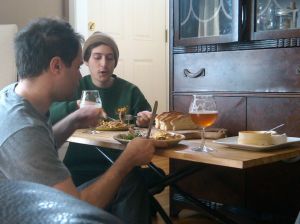


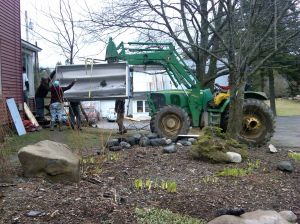
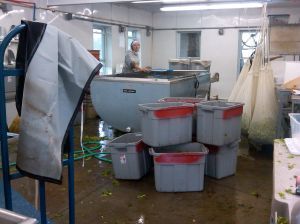

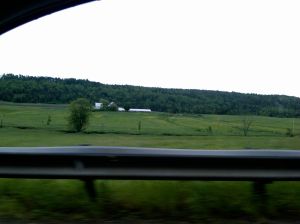




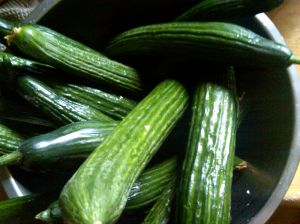
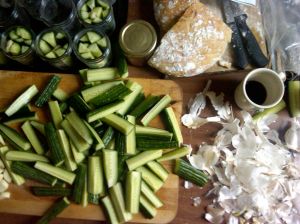








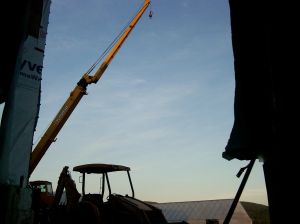
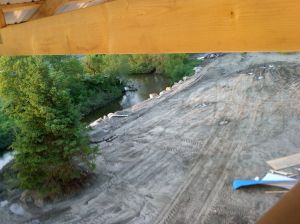
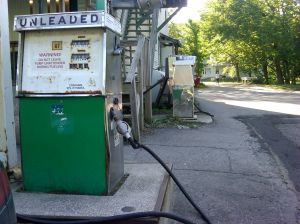



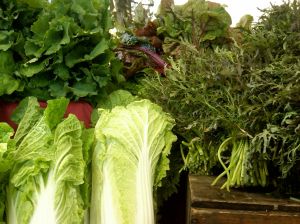

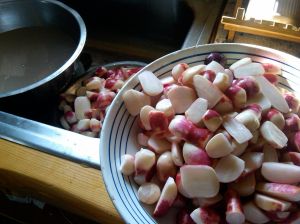
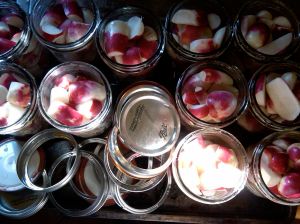

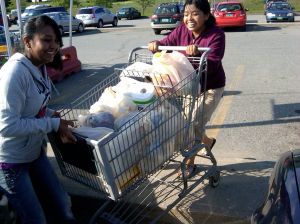

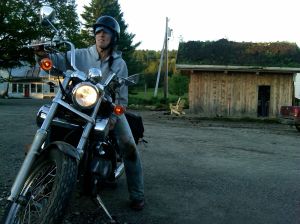












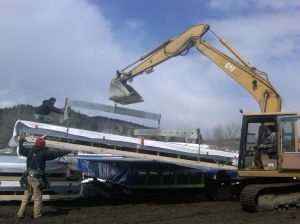










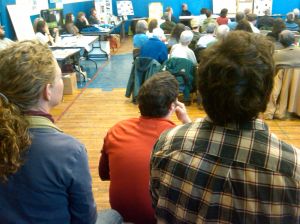




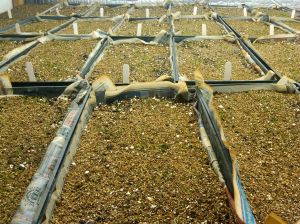

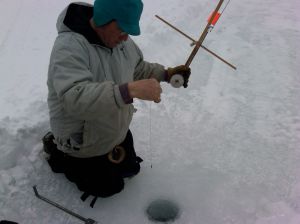
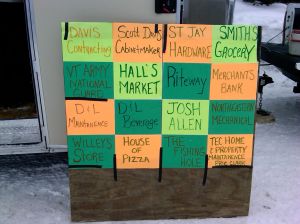







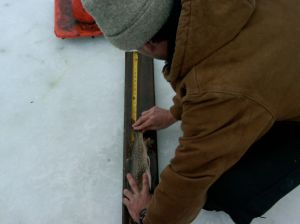


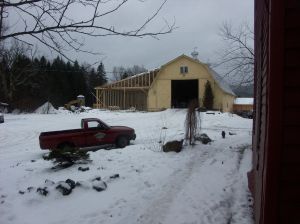






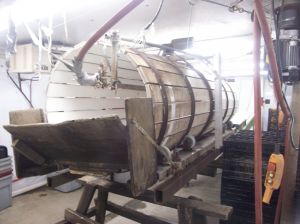
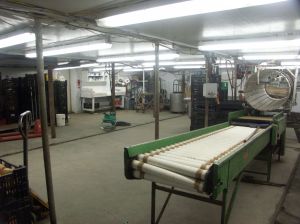

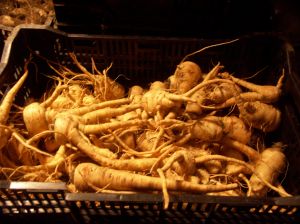
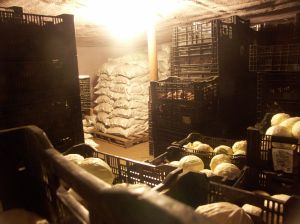





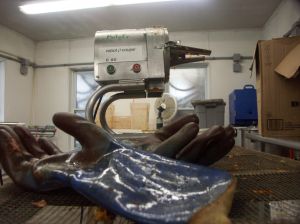

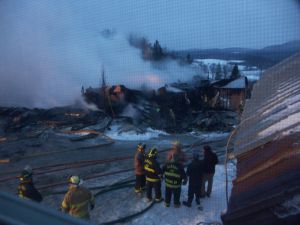
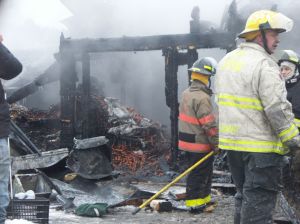


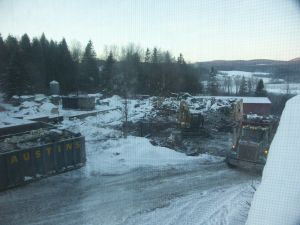







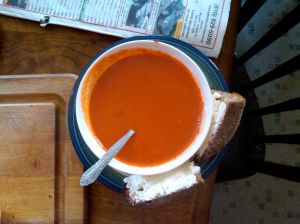




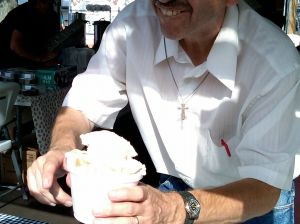



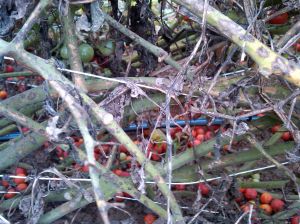







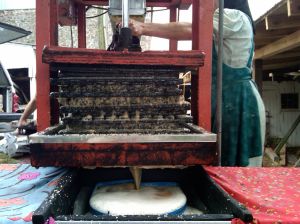


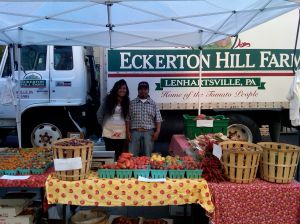

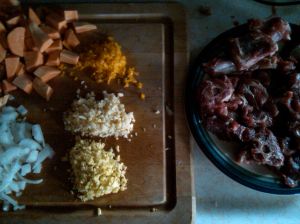


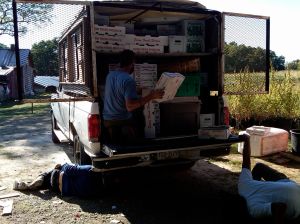




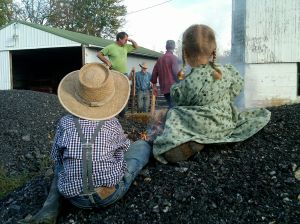





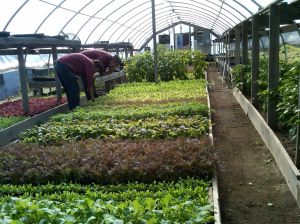

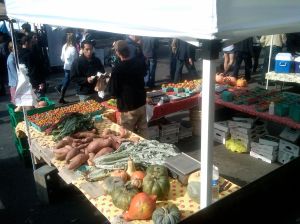

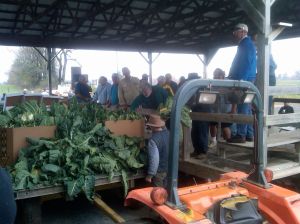

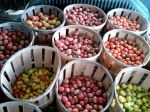


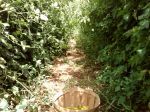

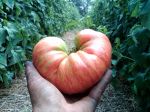


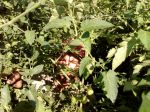
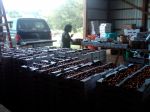
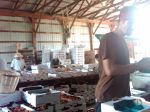







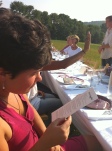

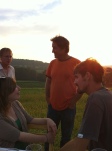
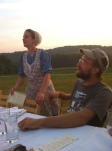



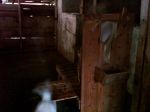

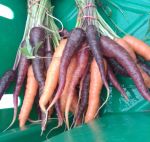















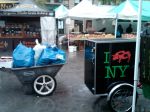

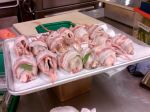






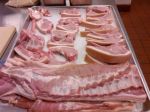






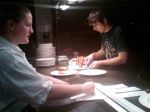




You must be logged in to post a comment.